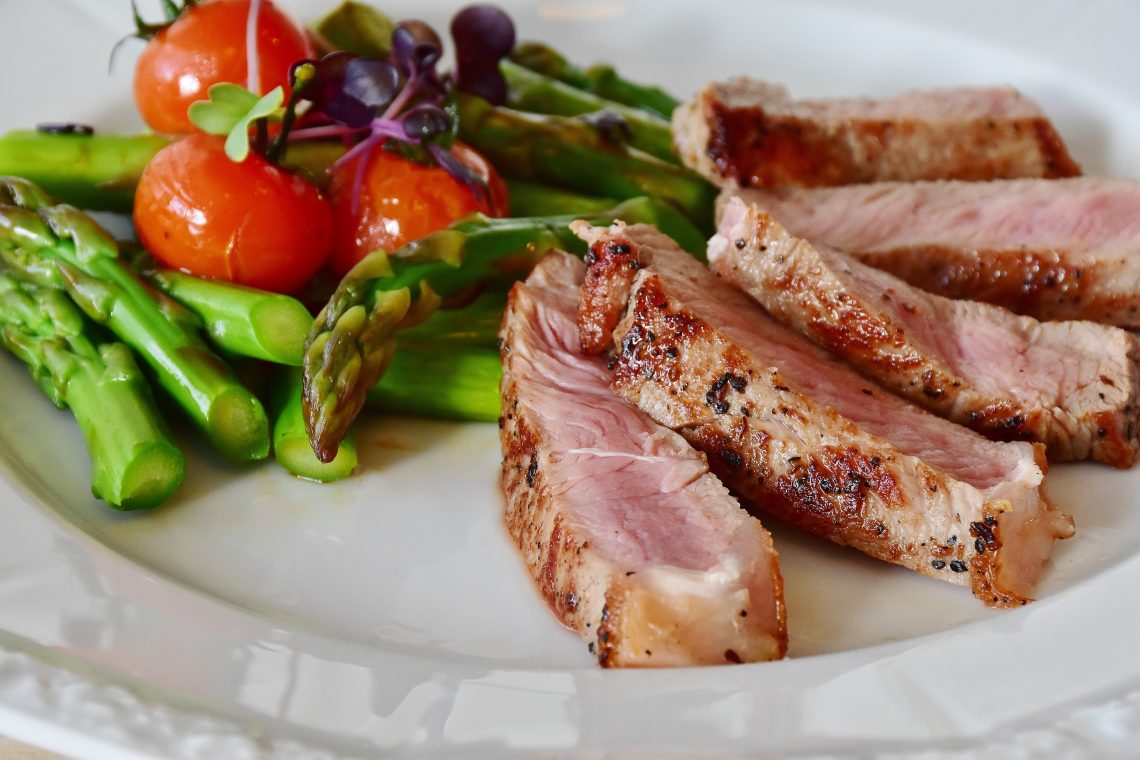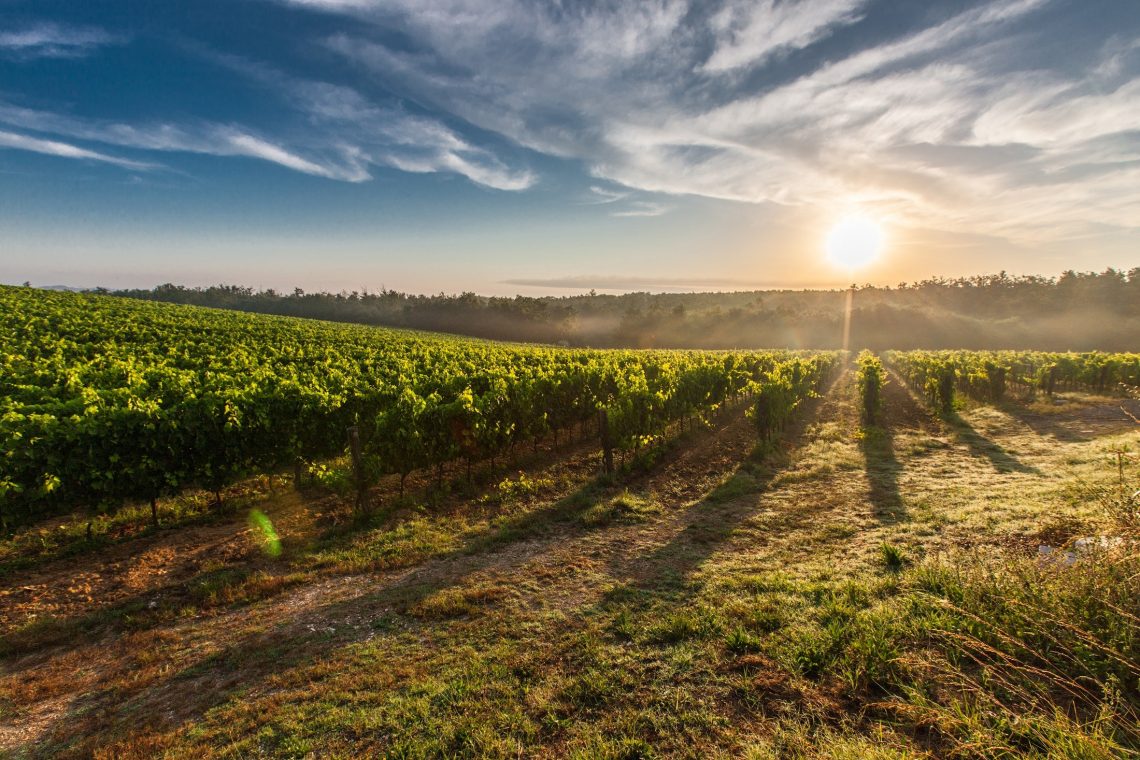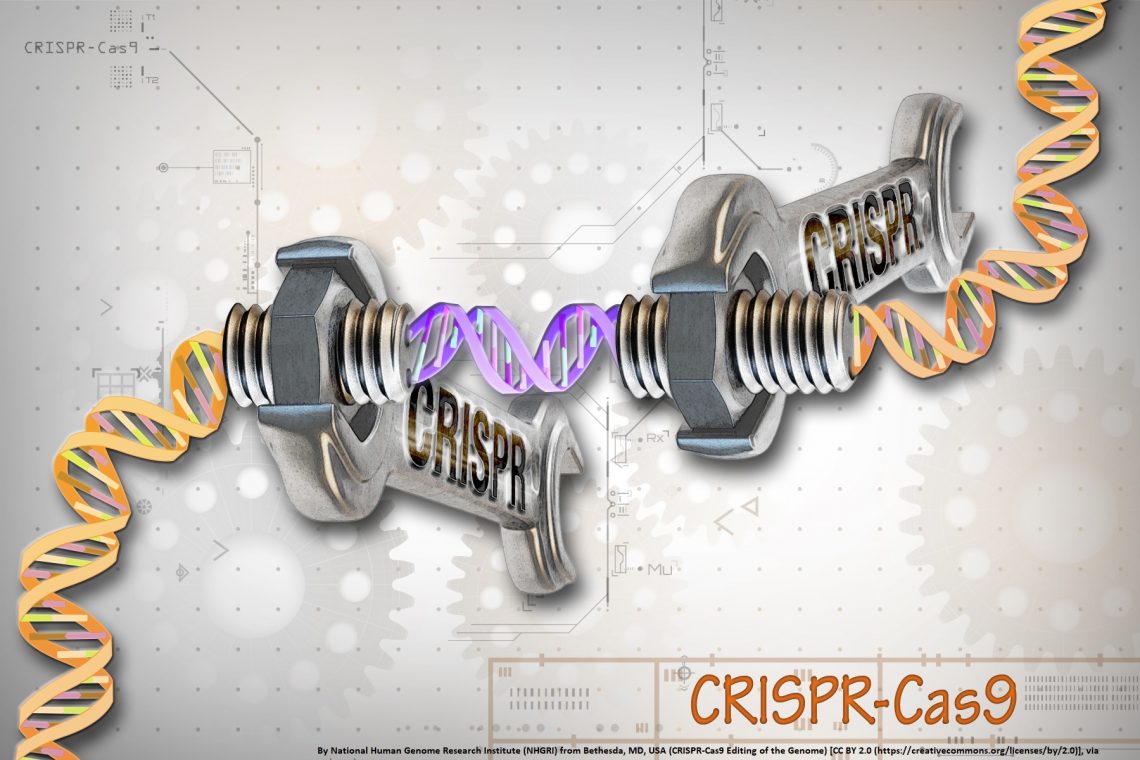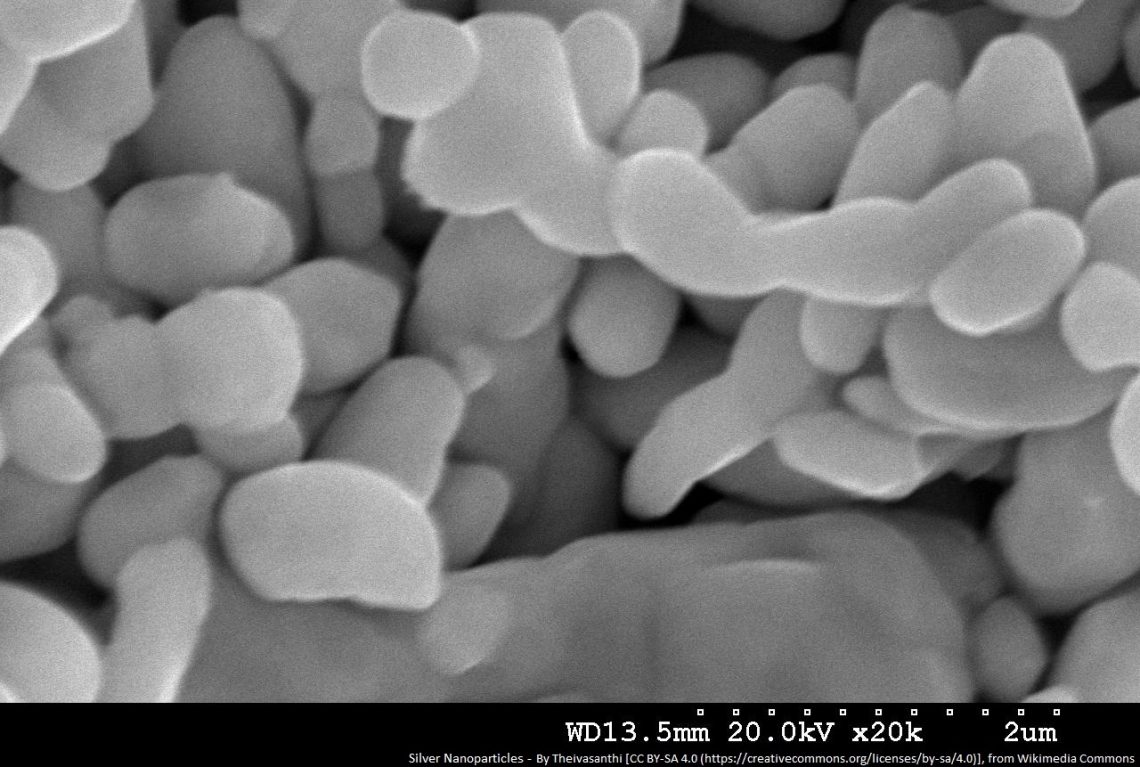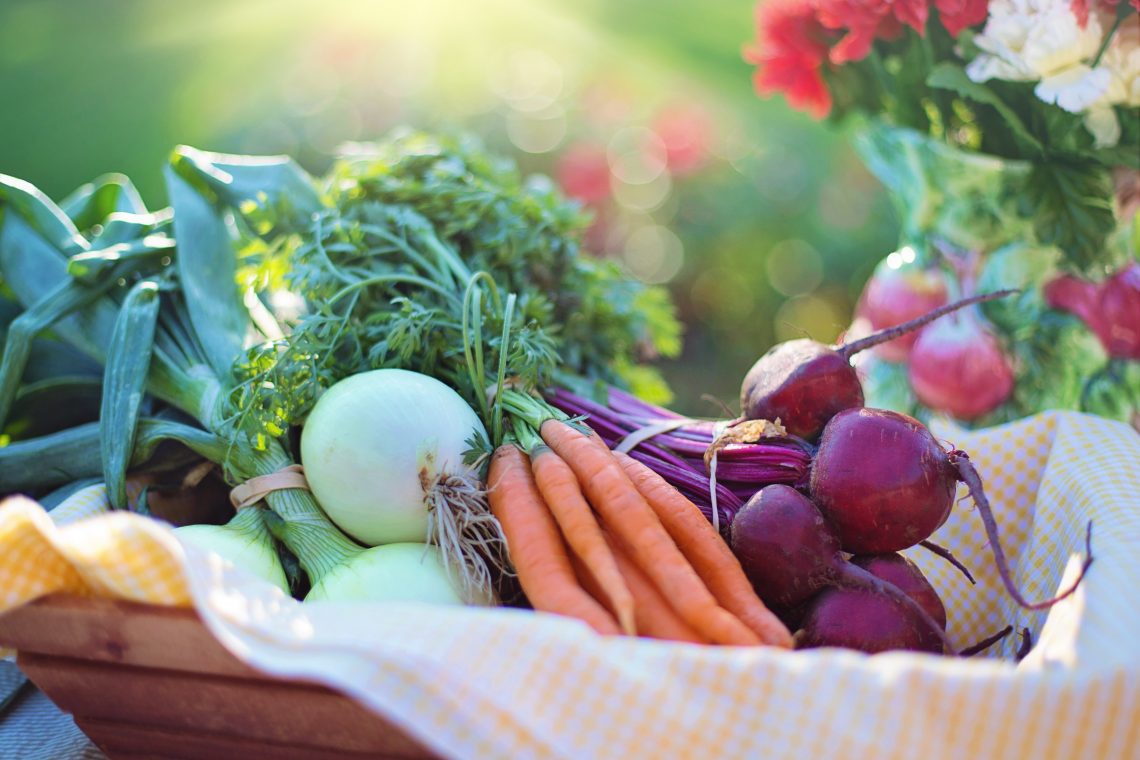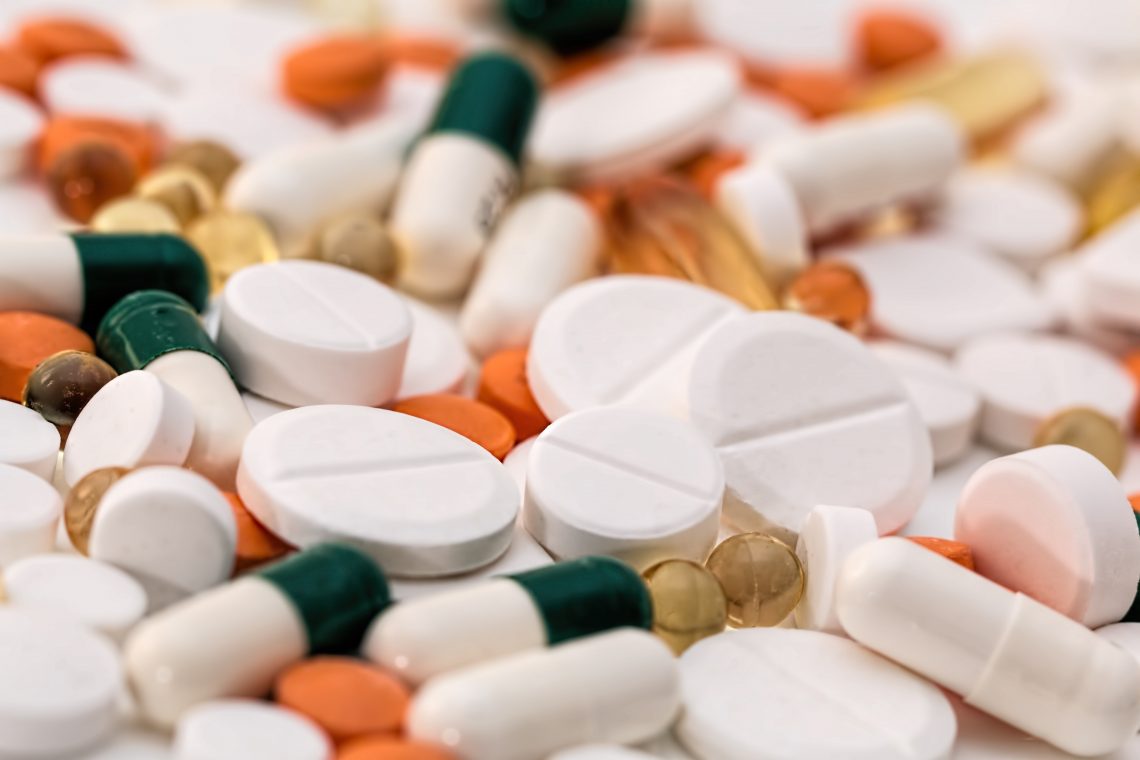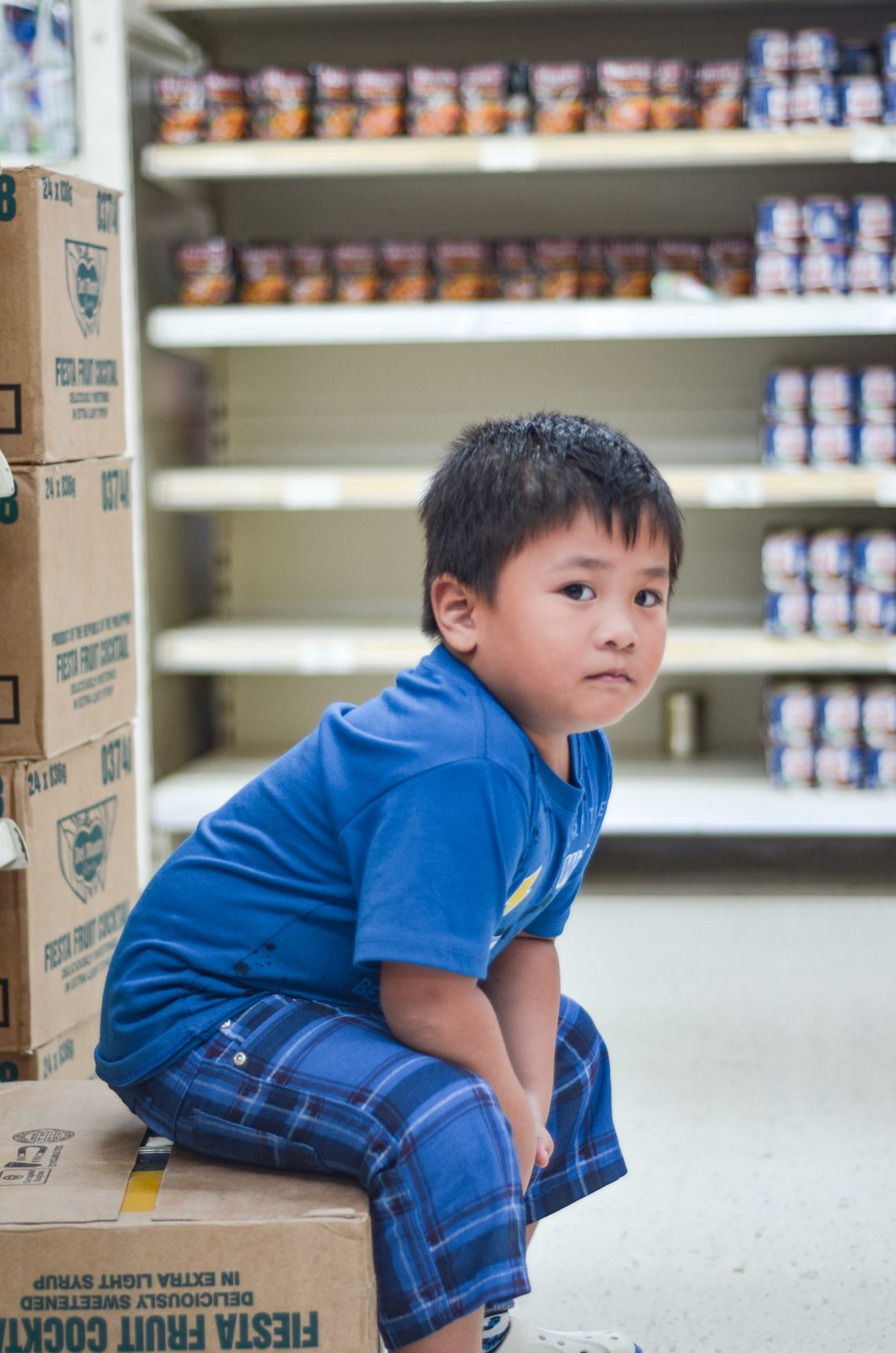When Jane Horton bought her dream 800-square-foot farmhouse in 1975, she thought little of the semiconductor manufacturing plant across the street. Even after the company’s buildings were demolished and a chain-link fence went up around the campus, she still had no knowledge of the toxic dangers lurking beneath her feet — let alone of the fact that they were invading…
-
-
Which diet makes best use of farmland? You might be surprised.
Vegetarian? Omnivore? Vegan? What should we eat if we want to feed a growing population while minimizing the need to farm more land? We know that meat-based meals require more farmland than plant-based ones. But which diet is the best fit for the mix of croplands and grazing land that supports agriculture today? That’s a different question with a potentially…
-
The developing world is awash in pesticides. Does it have to be?
In today’s globalized world, it is not inconceivable that one might drink coffee from Colombia in the morning, munch cashews from Vietnam for lunch and gobble grains from Ethiopia for dinner. That we can enjoy these products is thanks, in large part, to expanded pesticide use across the developing world.
-
What’s in those new plastic pipes delivering drinking water?
The calls and e-mails arrive as often as several times a week from people with concerns about drinking water. Some of the callers — who include homeowners, architects and builders — want to know why their water smells like gasoline. Others want to know which kinds of pipes to install to minimize risks of exposure to hazardous chemicals.
-
How CRISPR works
Back in 2011, Jennifer Doudna, a biochemist and molecular biologist at the University of California, Berkeley, and Emmanuelle Charpentier, now at the Max Planck Institute for Infection Biology in Germany, grew intrigued by the way bacteria use a molecular system known as CRISPR-Cas9 to respond to viral attacks. For years, bacteria were assumed to be primitive creatures with rudimentary immune…
-
Tiny materials in countless products raise big questions for environment and health
In recent years, efforts to develop the Next Big Thing — whether in medicine, computer technology, pollution prevention or high-performance materials — have turned to some really, really small things: nanomaterials.
-
Who’s keeping organic food honest?
If you live in the U.S., chances are you are among the 84 percent of American consumers who purchase organic food. Whether you buy it at the grocery store or the farmers market, you trust that food marketed as organic has been raised without toxic chemicals, using farming methods that are environmentally sustainable. At a minimum, you expect organic farmers…
-
What to do about the antidepressants, antibiotics, and other drugs in our water
There’s no way around it, the headlines are disturbing. And they come, not from tabloids or click-bait blogs, but from papers published in scientific journals. They describe fish and birds responding with altered behavior and reproductive systems to antidepressants, diabetes medication, and other psychoactive or hormonally active drugs at concentrations found in the environment. They report on opiods, amphetamines and…
-
Cotton, cashmere, chemicals … what really goes into making our clothes?
The U.S. Federal Trade Commission has something to say about what you wear. While not a fashion arbiter and unable to advise on attire for family gatherings, the FTC oversees what appears on the labels inside your clothes. As the federal agency responsible for enforcing the Textile Products Identification Act and related laws, it makes sure clothing is accurately labeled…
-
What are we doing to our children’s brains?
The numbers are startling. According to the U.S. Centers for Disease Control and Prevention, about 1.8 million more children in the U.S. were diagnosed with developmental disabilities between 2006 and 2008 than a decade earlier. During this time, the prevalence of autism climbed nearly 300 percent, while that of attention deficit hyperactivity disorder increased 33 percent. CDC figures also show…


